CASE STORY
LEDiL PRODUCTS USED:
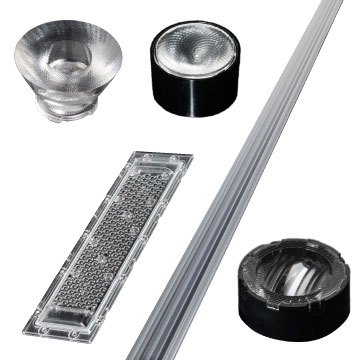
ILONA-SS
ILONA-W
LILIAN-ON
OLGA
WINNIE-O
LINDA-ZT25
DAHLIA-TL110
EVENT ORGANIZER:
Laboratoria sveta (Laboratory of Light) is an educational and research project founded by Anastasia Prikhodko in 2018. The mission of the laboratory is to show, not tell participants how to design lighting, through organizing workshops in creative and unique places.
Modern lighting illuminates ancient artefacts in Moscow Paleontological Museum
The Moscow Paleontological Museum is one of the largest natural history museums in the world but with a lighting system dating from the 1980s the exhibits are not always displayed at their best.
The workshop «Light Landing: How to illuminate Dino» arranged by Laboratoria sveta (Laboratory of Light) was held at the Paleontological Museum with the aim of offering the museum administration options for ideological and technical modernization of the existing lighting.
The workshop focused on the complex task of lighting hall 4 which houses exhibits from the Paleozoic and Mesozoic periods.
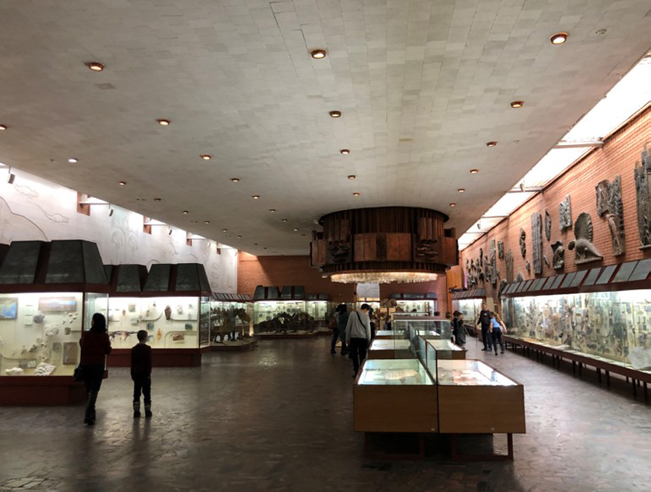
Workshop participants had an opportunity to work with lighting equipment provided by different companies. In this article the results of experiments conducted with LEDiL products will be highlighted.
The experiment started with an interactive window at the entrance which required a light accent created using ILONA-SS lens with a 15° beam angle. The ILONA family of lenses was developed by LEDiL specifically for accent lighting for museum exhibits. The lenses provide uniform lighting with a beautiful cutoff and, unlike reflectors, have minimum spill light.
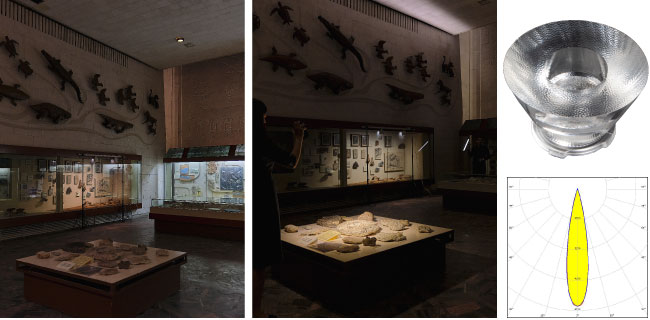
The next task was to create optimal lighting for the display cases to highlight the exhibits without the reflections and shadows caused by the current lighting. The team tried linear lenses from the LINDA family, made using extrusion technology. LINDA is easy-to-install and available in different lengths up to 6 m long making it ideal for use in the different sizes of display case. Asymmetric type ZT25 light distribution allows light to be directed at an angle of 25-30° ensuring all light emitted is directed at the objects and no light is lost. Linear optics help avoid sharp shadows and offer a modern alternative to the existing fluorescent lamps.
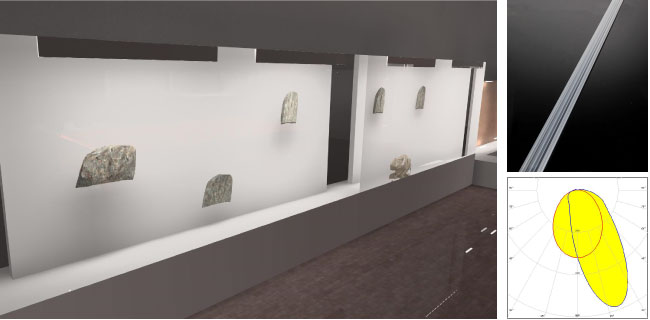
Lighting was also needed for the massive stone slab located between the display cases. The stone has a rough multicoloured structure with bulges and depressions in which the outlines of fish and amphibian fossils are visible and that the new lighting would highlight. The designers chose LILIAN-ON lens as it is specifically designed for wall grazing, has a 10° × 60° oval beam and works with free-pitch linear PCBs. The result is spectacular with the lighting emphasising the fossils and the structure of the stone.
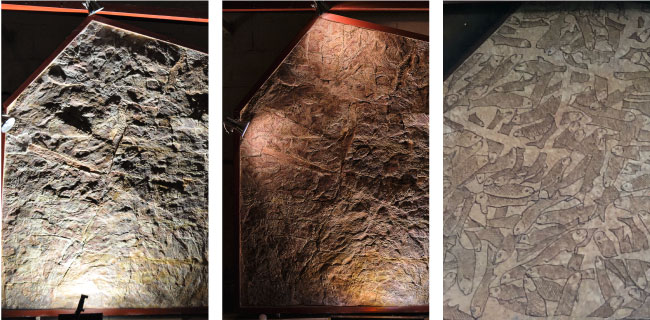
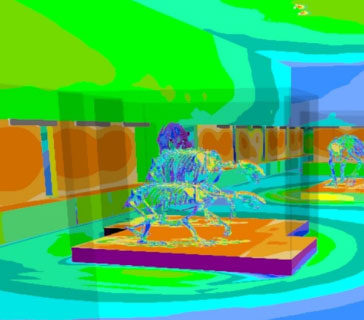 To illuminate the various skeletons ILONA-SS lenses were used to create a light accent on the head while ILONA-W and WINNIE-O lenses were used to illuminate the body. The lenses provide uniform lighting and work with small COBs. They can be used to form oval light spots and illuminate the long bodies of lizards and rectangular display cases without glass.
To illuminate the various skeletons ILONA-SS lenses were used to create a light accent on the head while ILONA-W and WINNIE-O lenses were used to illuminate the body. The lenses provide uniform lighting and work with small COBs. They can be used to form oval light spots and illuminate the long bodies of lizards and rectangular display cases without glass.
The work continued with the lighting of the exhibition dedicated to Scutosaurus which was illuminated too brightly causing unpleasant glare. The team reduced the level of general illumination and installed OLGA lenses to create accent lighting directly focused on the exhibits.
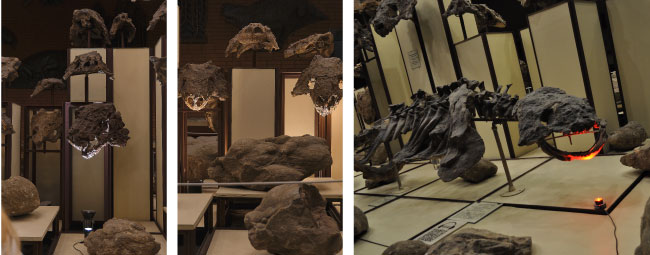
The final task was to illuminate the entire skeleton of a Scutosaurus that has a length of about 3-3.5 m. For uniform illumination of such a large dinosaur, you need a lens with a wide beam angle and good cutoff to minimize the glare. DAHLIA-TL110 originally designed for horticultural lighting and therefore equipped with blue-red LEDs, was tried for this task.
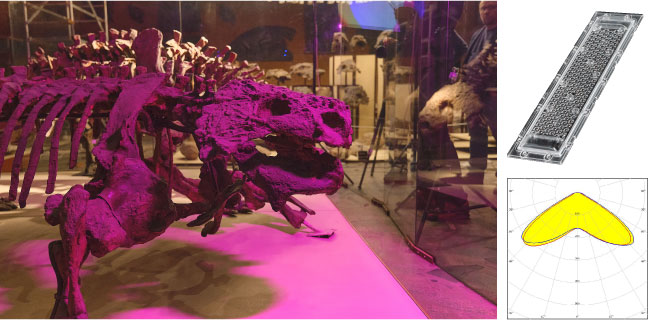
The result of this experiment demonstrates that LEDiL optics cope perfectly with complex lighting tasks.
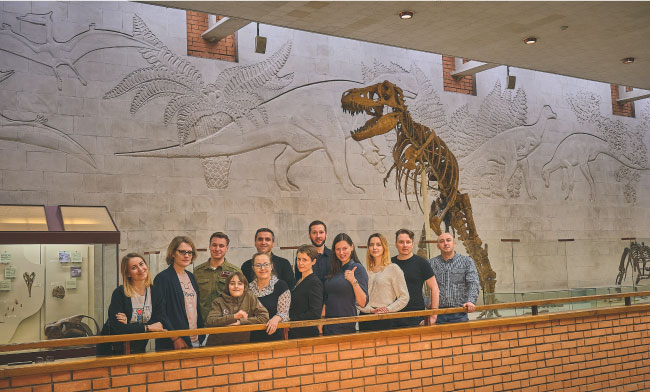
LEDiL PRODUCTS USED:

ILONA-SS
ILONA-W
LILIAN-ON
OLGA
WINNIE-O
LINDA-ZT25
DAHLIA-TL110
EVENT ORGANIZER:
Laboratoria sveta (Laboratory of Light) is an educational and research project founded by Anastasia Prikhodko in 2018. The mission of the laboratory is to show, not tell participants how to design lighting, through organizing workshops in creative and unique places.

